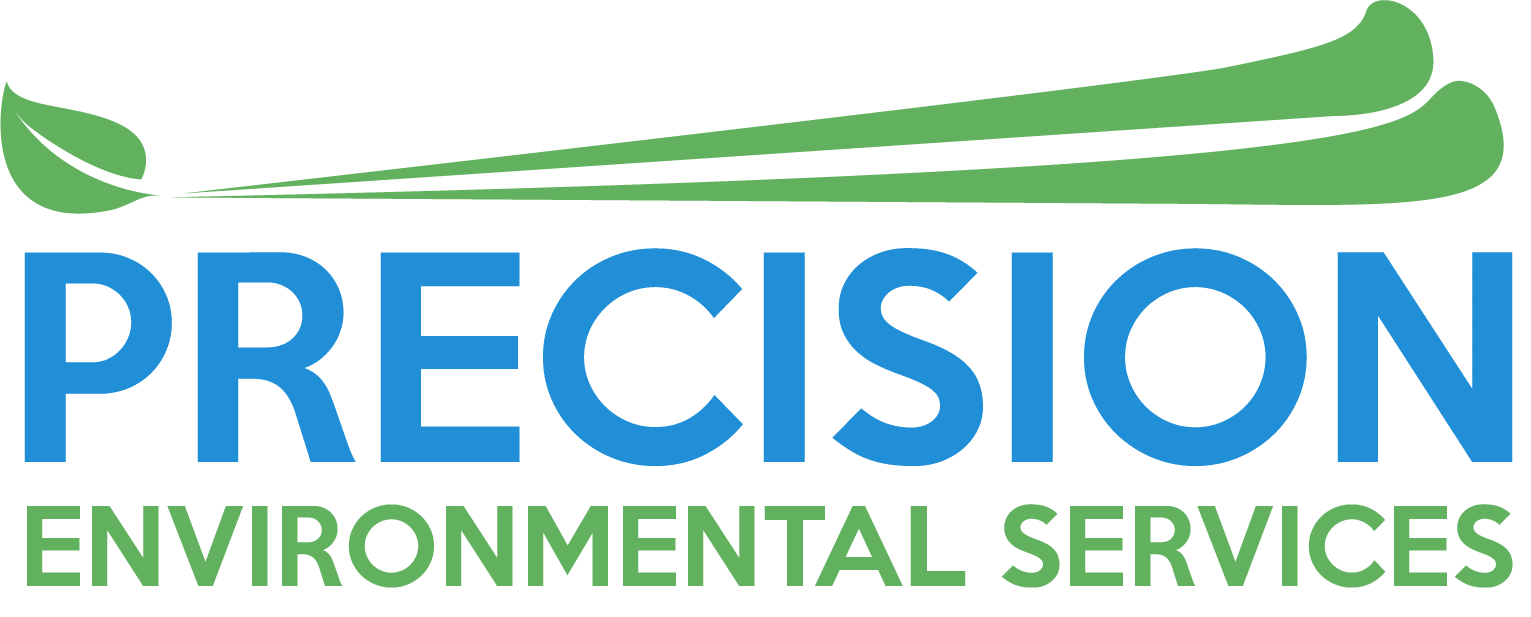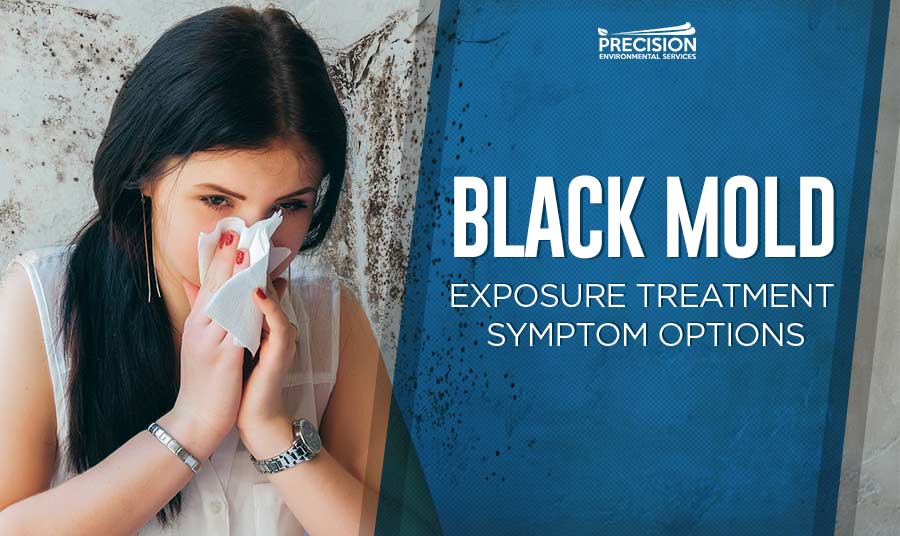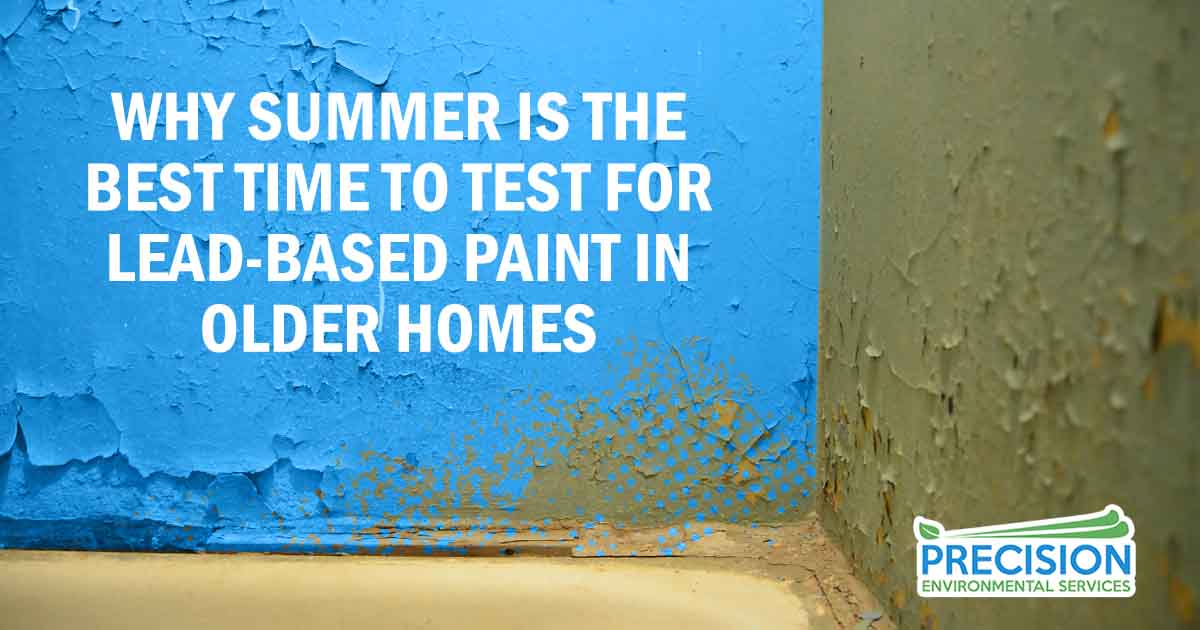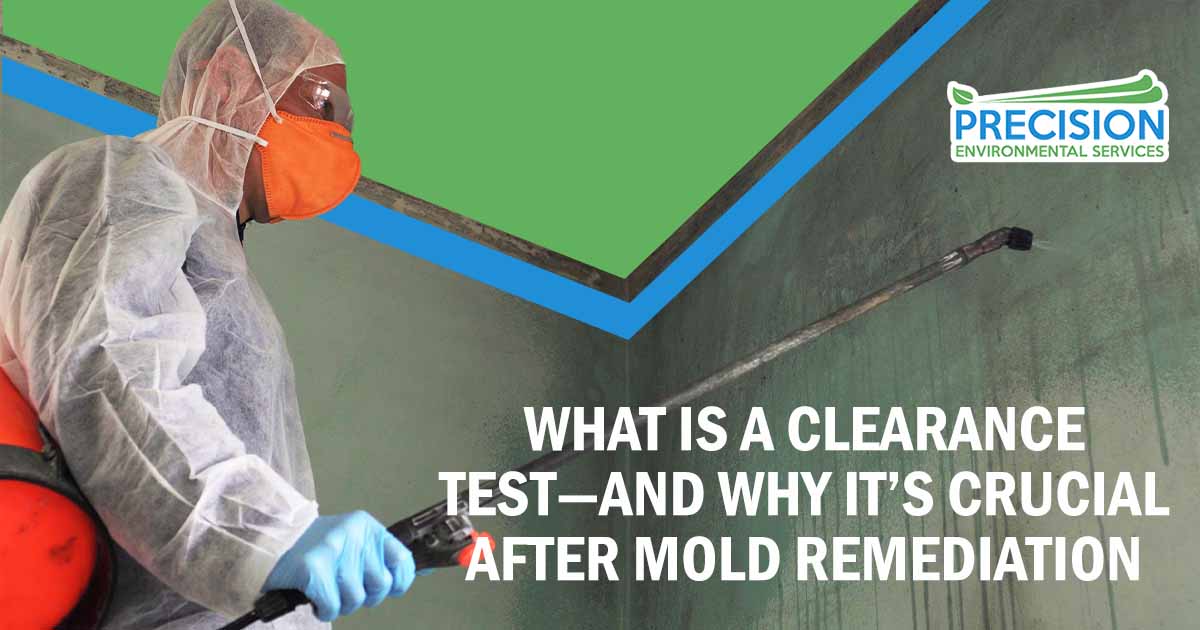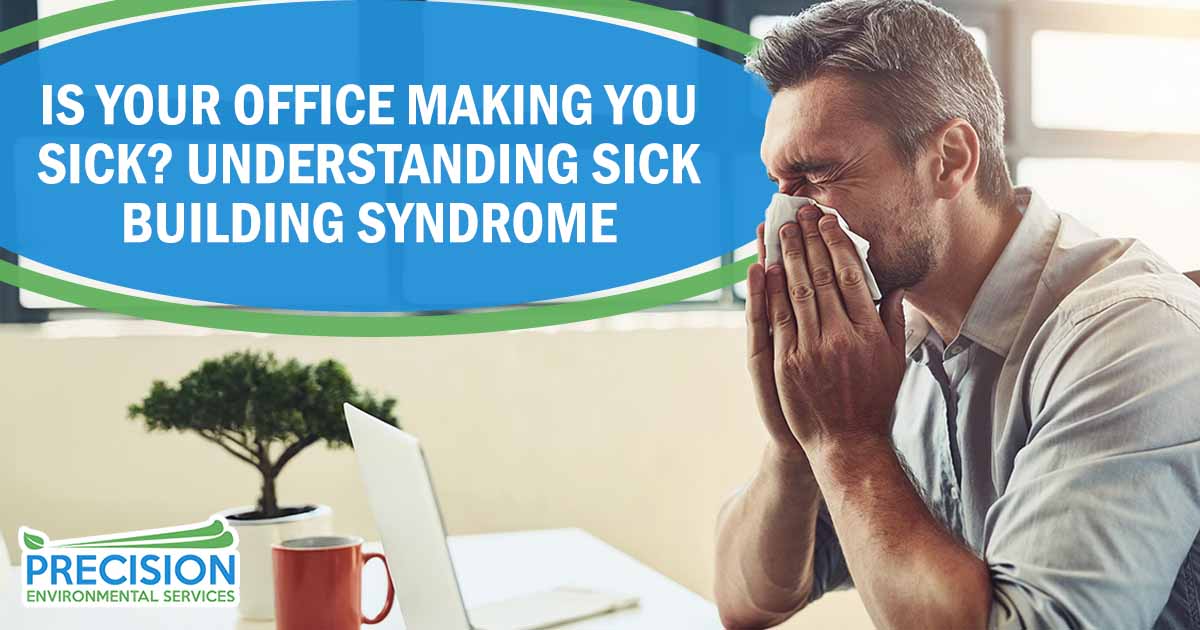Indoor Mold Exposure Treatment Options
Mold exposure sounds terrifying. It is if you don’t know much about mold and health. Mold is a sort of fungus. It is present almost everywhere, including the air. Generally, normal amounts of mold in the surroundings do not pose a substantial health risk to healthy individuals with routine immune system function. But some folks may be more sensitive to mold spores than others. These people may develop respiratory ailments after inhaling even a small number of spores. And, it’s a fact that in large amounts, mold spores can cause dangerous health concerns in almost anyone. In this article we will explain what mold exposure is and what can occur if you are exposed to mold in large amounts and the health treatment options you have.
What is Mold Exposure?
How you get mold illness
Mold exposure can occur in many different ways, in theory we are always exposed to mold. However it’s when we inhale too much of it, that the health problems arise. What are some of the most common places mold grows? Your walls, appliances, floors, carpet, or furniture – they could all provide the means that mold needs to cultivate. It can be the slimy dark spots on your own shower curtain, the white patches in the basement from the damp carpet on the floor, or even the kitchen drain that harbors it. It’s the place where moisture lives, and no air flow is present that becomes the perfect place for mold to grow and call home. Mold exposure treatment becomes necessary when mold is present in our environment in large amounts that affect our health in ways that make us sick.
What happens if you breathe in mold spores?
For people sensitive to mold, inhaling, or touching mold spores may trigger allergies, including sneezing, runny nose, red eyes, and skin rash. People with serious mold allergies might have more severe health reactions, including shortness of breath. In individuals with asthma that are allergic to mold, breathing in spores can also cause asthma attacks.
Besides individuals with asthma and allergies, others who may be more sensitive to the health effects of mold include:
-
Babies and children
-
The ederly, and
-
People with chronic lung disease
How do you know if mold is making you sick?
We touched on this when discussing the breathing in of spores, but let’s mention the symptoms that usually get ignored by many. Some brush it off as just dust, or they say “it’s just the time of year” but be warned… it could be mold exposure.
Mold illness symptoms
Exposure to molds may result in health symptoms like stuffy nose, wheezing, and reddish or itchy eyes, or skin. Some individuals, like those with sensitivities to molds may have more extreme health responses. And those with a suppressed immune system can develop lung infections, bronchitis and severe swelling of the nasal passages.
If you are not sure if you are experiencing symptoms from toxic mold ask yourself a few questions:
-
Are you feeling ill or has it been a period that exceeds the deadline of a common cold?
-
Have you sought medical help and been diagnosed with seasonal allergies, yet symptoms have not subsided?
-
Have symptoms since their start gotten worse and now influence your well being?
-
Can you smell mold in your home while at the same time having trouble breathing in certain areas?
-
Are others in your home not feeling good, with headaches or respiratory problems?
-
Can your symptoms come and go and sometimes change? Day to day, week or even month to month?
If so you might have exposure to mold and need mold exposure treatment.
Mold Treatment Options
The good news is if you have only been exposed to a minor amount of mold and have mild allergy symptoms you can be treated with these simple treatment methods:
- Over the counter nasal sprays or rinses
- Singulair
- Allergy shot (administered by your Dr)
- Over the counter medications allergy medications
If you are experiencing more severe health symptoms it may be best to see your Dr for further examination.
Does mold poisoning go away?
Mold poisoning begins to subside when you remove the mold or yourself from the contaminated area. As you begin to feel better your body is fighting off the spores, by sneezing and coughing your body is reacting to the foreign mold spores. In time you will feel like yourself again. But it won’t last long if you don’t remove the mold from your home or environment. That is where Precision Environmental Services comes in, they safely begin mold remediation steps, that test for mold and make sure it is removed the correct way, following all state regulations for properly removing mold. You can reach them at 940-597-2673.
How long does it take to detox from mold sickness?
A few of us can get well quickly (weeks) after removing the foundation of mold radicals, simply by creating a fresh environment and avoiding re-exposure. But others could take over a year to recuperate fully. Depending on the severity of the mold exposure, and if they are still in contact with mold regularly.
Indoor Mold Exposure and Treatment H3
You know now that mold is very common. It flourishes and spreads in damp conditions. Indoor mold could usually be seen in attics, under carpets, behind drywall, from insulation, leather, cloths, and foods. Any time a part of a building or home has been confronted with a flood or dampness, it should be thoroughly checked for the existence of mold that presents as a fuzzy, musty pattern with different colors. You also learned what health treatment options you have. In most cases regular over the counter remedies can assist in recovery. However with the elderly, children and babies it can be much different and if they are sick you may want to consider seeking medical attention. So if they do need mold exposure treatment from a Dr they get help quickly.
